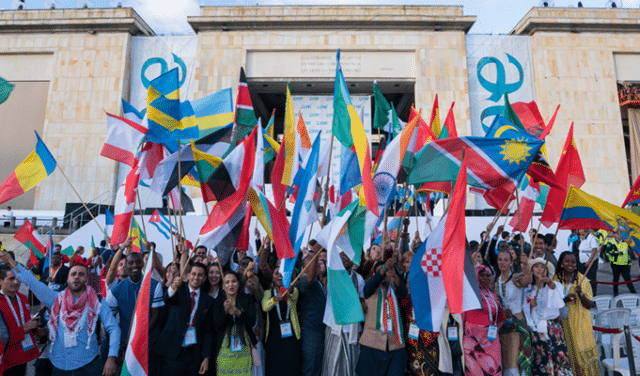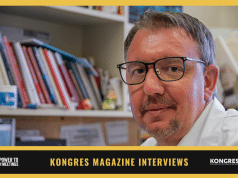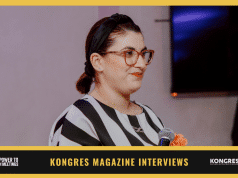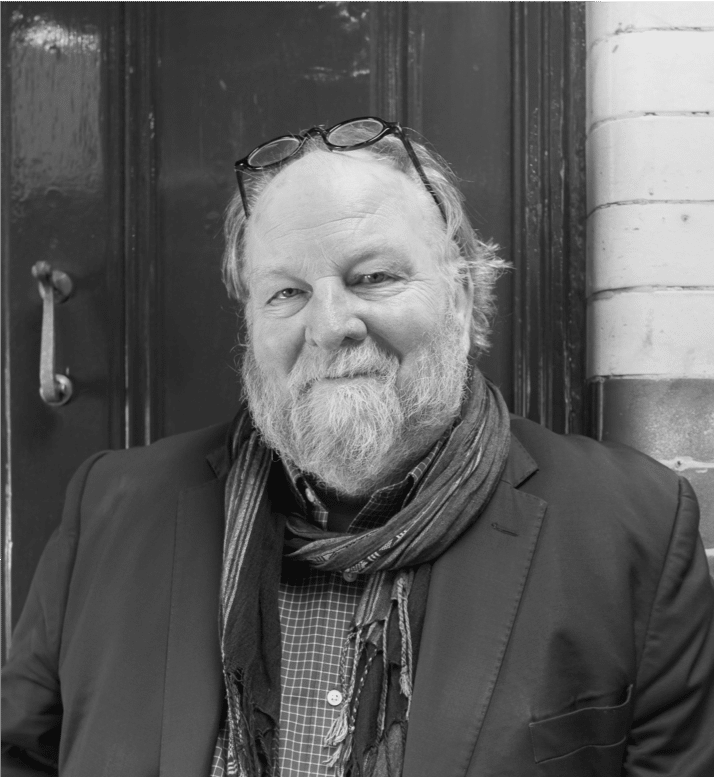
As the spotlight of the meeting design is increasingly on participants and their desires, we asked a few professionals from the industry for their views on meeting design. Here we present views of Kim Myhre, managing director at MCI Experience who is also an intersectional design thinker, thought leader, innovation activist and brand storyteller. His expertise consists of experience marketing innovation and industry transformation through the application of intersectional design thinking, human-centric design; brand storytelling through visual, experiential live events, and online strategies; Brand purpose & integrated engagement and Technology integration for on-live experiences.
Q: Why do we need to rethink the way we organise our events?
The nature of event audiences is changing. The days of thinking of event goers as a passive audience to be presented to are gone. Today’s event audiences are digitally enabled, more demanding, more impatient and have high expectations that events will be more engaging, personalized and participatory. Today, the most successful event experiences are based on significant strategic knowledge of the target audience. This insight is applied to creatively design an experience that is specifically intended to actively engage the audience.
Q: What is wrong with the format of meetings as we have them now?
Changing audiences ultimately mean that event formats must evolve. Relying on the traditional approaches and expertise that the events industry has been using for years to design event experiences will not be sufficient to create the next generation of events. Continuing to design events in a traditional, logistics-led way limits our potential to create engaging experiences that connect attendees in much more meaningful, memorable and shareable ways.
Q: What is the definition of good meeting design?
Good event design requires applying a set of planning principals that enables us to move beyond the more traditional approach to event planning towards a more structured, attendee-centric, insights-driven and strategic way of planning events. Design thinking is a unique way of problem-solving but with a solutions-focused and human-centric approach. The attendee or audience is very much at the centre of the design thinking process. By developing a deeper understanding of your target audience, you gain insight and empathy to come up with more strategic and creative event solutions.
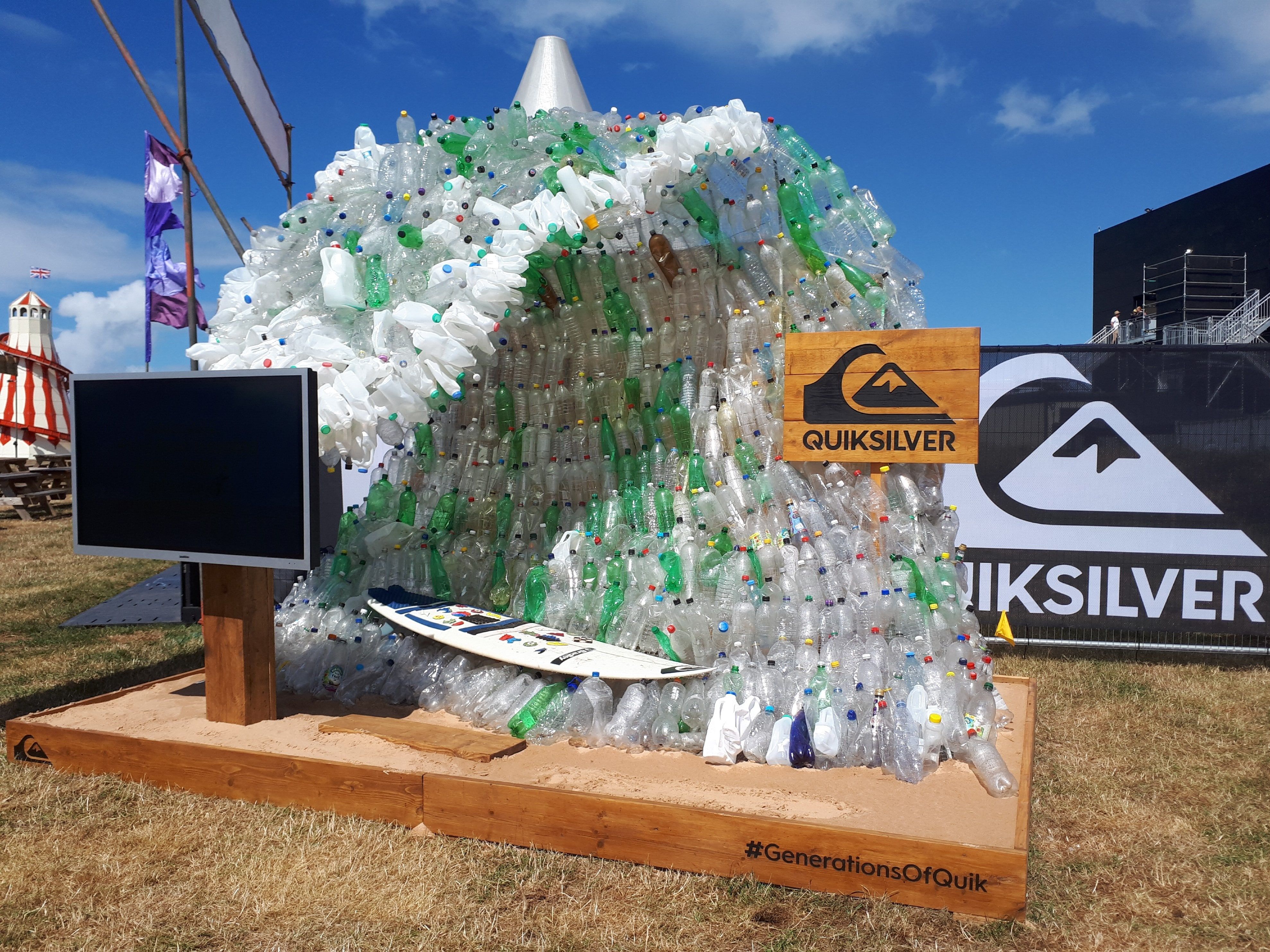
Enacting a wave of change with Quiksilver – a sustainable installation to drive awareness of plastics
Q: Who is a ‘meeting designer’?
We’re all designers and with a design thinking mindset we can revolutionise the event experience to engage deeper with our audiences.
Q: Give us an example of one of your favourite, well-designed meetings?
One of my favourite meetings is One Young World – it stands as a beacon of hope, motivating young leaders to discuss important global issues. It’s powerful to hear personal stories from those who have stood strong in the face of adversity, inspiring others by their courage and passion for change. OYW is designed for a community of bright-minded, forward-thinking young leaders – I like that it’s designed from the inside out. Every meeting touchpoint is designed with delegates in mind and equally the delegates come to the meeting with a plan in mind – a solution-focused mindset to enact change on our planet.
Q: What always makes you smile?
An inspiring shared experience.


